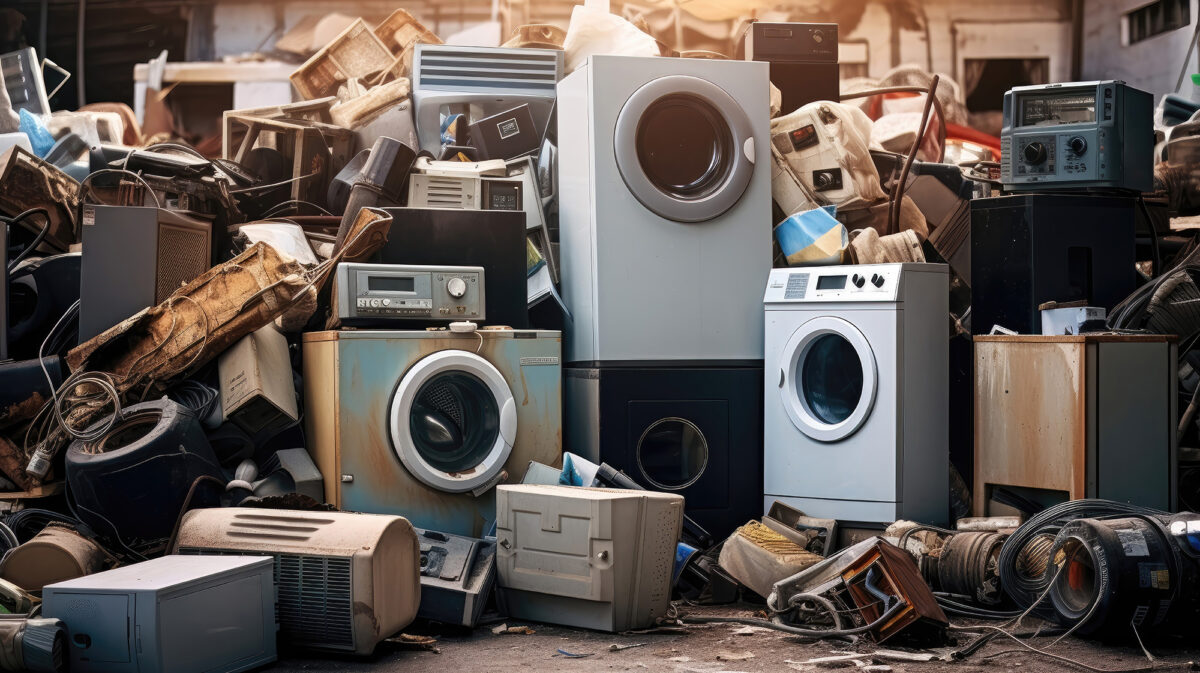10 Electrical Safety Myths Busted!

Electricity powers our homes, workplaces, and most aspects of modern life. Yet, misconceptions abound when it comes to electrical safety. These myths can not only lead to inefficient practices but can also pose serious hazards.
Here are some of the most common electrical safety myths and my recommendations on how to stay safe:
Myth #1: Rubber gloves and shoes protect you from electrical shocks.
Recommendation: Only specially designed and tested electrical safety equipment, like that used by professionals, can offer reliable protection.
Myth #2: Power strips offer surge protection.
Recommendation: Not all power strips are surge protectors. Always check the specifications and labels when purchasing, and consider investing in genuine surge protectors for sensitive equipment.
Myth #3: Homes with modern wiring don’t need safety inspections.
Recommendation: All homes, irrespective of age, benefit from periodic electrical safety inspections. Wear and tear, rodents or even corrosion can compromise wiring. Regular check-ups help identify and address potential issues early on.
Myth #4: You can use any bulb in any light fixture as long as it fits.
Recommendation: Light fixtures are designed to handle specific wattages. Using a higher-wattage bulb than recommended can cause overheating, potentially leading to fires. Always check the fixture’s rating before installing a new bulb.
Myth #5: Using electrical equipment near water is safe if you’re careful.
Recommendation: Water and electricity don’t mix. Keep electrical equipment away from sinks, bathtubs, pools, and other water sources.
Myth #6: A shock from a household socket can’t seriously harm you.
Recommendation: Household electrical currents can indeed be lethal under certain circumstances. The danger isn’t just from the shock itself but from secondary injuries too, like falls or cardiac arrest.
Myth #7: If a device is off, it’s not drawing power.
Recommendation: Many devices draw “phantom” or “standby” power even when turned off. Unplugging devices or using a central power strip to turn off multiple devices can help reduce this drain.
Myth #8: Extension cords are suitable for long-term use.
Recommendation: Extension cords are designed for temporary use. Over time, they can wear out, especially if exposed to heavy foot traffic or squeezed between furniture. Relying on them long-term can pose fire risks or lead to equipment damage. It’s always best to use permanent wiring solutions for long-term needs.
Myth #9: GFCIs (Ground Fault Circuit Interrupters) are unnecessary luxuries.
Recommendation: GFCIs are lifesavers. They monitor the imbalance of electrical currents and quickly shut off power if they detect anomalies, like if a plugged-in hairdryer falls into the water. They’re especially critical in areas near water, like bathrooms or kitchens.
Myth #10: Testing smoke alarms once a year is enough.
Recommendation: Smoke alarms are your first line of defense against fires, many of which are electrical. Test them monthly and change their batteries at least once a year or as soon as they begin to chirp.
Additional recommendations:
- Be aware of your surroundings. Pay attention to electrical cords and outlets, and avoid tripping over them.
- Don’t overload outlets. Each outlet has a maximum wattage capacity. Plugging in too many devices can overload the outlet and cause a fire.
- Keep electrical cords away from heat sources. This includes stoves, radiators, and baseboard heaters.
- Don’t use electrical appliances in the bathtub or shower. This is a serious safety hazard.
- Teach your children about electrical safety. Explain the dangers of electricity and how to stay safe.
Following these tips can help protect yourself and your loved ones from electrical hazards.
